Is Copilot for Microsoft 365 safe from an IT perspective? Should you be rolling it out to your teams or is the risk still too great? Business owners are concerned that a powerful AI tool could inadvertently expose their sensitive information and lead to risky data leaks, cyber-attacks, or money being lost – and nobody wants to have to deal with any of that.
At Babble, we’ve helped hundreds of businesses to successfully navigate the start of their AI journeys. From Copilot integrations to workflow automations that make jobs simpler, we know the ins and outs of AI implementation and can tailor solutions to meet your specific AI needs.
In this article we’ll look at what Copilot is and how it works, explore the potential security risks it introduces, and, most importantly, equip you with the knowledge to confidently leverage the power of Copilot for Microsoft 365 without compromising your security.
What Exactly Is Copilot for Microsoft 365?
You could imagine Copilot as a built-in, AI-powered partner that’s integrated with all your Microsoft apps and tools. Working seamlessly across all your usual applications like Word, PowerPoint, and Teams, to unlock a whole new way of working and collaboration across your teams, generally making work that much easier and more productive.
Watch this short video and start to get a better idea of how you could be using Copilot for Microsoft 365 in your day, as well as how your teams could be using it too.
Addressing Security Concerns of Copilot for Microsoft 365
Microsoft Copilot’s deep integration with Microsoft 365 does mean that Copilot will be allowed access to sensitive data like emails, files, and communication logs – which can raise some valid concerns. Businesses need to consider concerns such as accidental data leaks through inadvertent sharing or allowing unauthorised access to sensitive data like customer lists, financial records, and confidential project details.
This challenge is made harder by the fact that current Microsoft 365 reporting tools may not provide the level of detail needed to effectively track Copilot usage and identify potential security breaches. Oversharing is therefore a huge risk. Copilot’s search capabilities, while beneficial for productivity, could inadvertently expose security vulnerabilities, allowing users to find and share information they shouldn’t have access to. The conversational interface of Copilot can also make it more difficult to apply traditional Microsoft 365 compliance policies.
Microsoft’s Secure Future Initiative
Microsoft has built several security measures into Copilot to protect your data. They prioritise data privacy and have stated they don’t use customer data to train their AI models.
“We will keep your organization’s data private. Your data remains private when using Azure OpenAI Service and Copilots and is governed by our applicable privacy and contractual commitments, including the commitments we make in the Microsoft’s Data Protection Addendum, Microsoft’s Product Terms, and the Microsoft Privacy Statement.”
Microsoft, 2024
Copilot integrates seamlessly with Microsoft 365’s existing security infrastructure, including Azure Active Directory (AAD) and Microsoft Defender. Data encryption is used to protect information shared between Copilot and Microsoft applications. Microsoft commit to remaining compliant with industry-leading standards like GDPR, HIPAA, and ISO/IEC 27001. Administrators have granular controls to manage web content and tool integration securely, and Copilot only works with data that users already have permission to access.
 So, How Secure is Copilot for Microsoft 365 Really?
So, How Secure is Copilot for Microsoft 365 Really?
Like any powerful tool, Copilot for Microsoft 365 has its own opportunities and challenges when it comes to security. While it leverages existing Microsoft 365 security features, its deep integration also introduces new considerations into the mix. The following table provides a balanced overview of the security pros and cons of Copilot.
| Pros | Cons | |
| Data Access | Integrates with existing Microsoft 365 access controls (Azure AD). | Accesses sensitive data (emails, files, etc.), increasing the impact of a breach if permissions are mismanaged. |
| Security Features | Leverages Microsoft’s security infrastructure (e.g., encryption, MFA). | Existing Microsoft 365 reporting tools may lack granularity for Copilot-specific monitoring. |
| Compliance | Microsoft maintains compliance with industry standards (GDPR, etc.). | Conversational nature of Copilot can complicate traditional compliance strategies. |
| Productivity | Can improve productivity, indirectly reducing risk by streamlining workflows. | Potential for oversharing or unintentional data leaks due to increased access and search capabilities. |
| User Control | Administrators have controls to manage web content and tool integration. | Broad permissions within Microsoft 365 can be exploited via Copilot if not properly managed. |
| AI Security | Microsoft invests in AI security research and development. | Vulnerable to prompt injection attacks and other AI-specific threats. |
| Integration | Seamless integration with Microsoft 365 apps enhances user experience. | Deep integration increases the potential attack surface if vulnerabilities are present. |
| Data Privacy | Microsoft states they don’t use customer data to train AI models. | Reliance on Microsoft’s data privacy commitments; external audits and transparency are crucial. |
| Zero Trust | Can be used within a Zero Trust security framework. | Requires careful configuration and integration with Zero Trust policies. |
| Training | Can be a tool for training and knowledge sharing. | Requires user training to be used securely and effectively. |
While Microsoft provides a solid security foundation, businesses must take proactive steps to strengthen their defences. Here’s some quick tips you can follow to ensure you’re doing the most to secure your data with using AI tools like Copilot for Microsoft 365:
- MFA – Lock It Down: Multi-factor authentication (MFA) is your first line of defence. Enable it for everyone, especially those handling sensitive data. It’s a simple but incredibly effective security boost.
- Access Audits – Who’s Got the Keys? Regularly check who has access to what. Remove old employees and restrict unnecessary permissions. Keep your data locked down tight.
- Conditional Access – Set the Rules: Use conditional access policies to control who can access Copilot and your data, and under what circumstances. Think location, device, and user role.
- Train Your Team – Be Security Smart: Your staff need to know how to use Copilot safely. Regular security awareness training is essential. Don’t leave them in the dark.
- Zero Trust – Verify Everything: Assume no one is completely trustworthy. Verify every access request, even from inside your network. It’s the best way to protect your data in the age of AI.
 Conclusion
Conclusion
Microsoft Copilot offers tremendous potential for boosting productivity. While it comes with robust built-in security features, you should still be taking a proactive approach to data protection. You should now have the knowledge and actionable steps to minimise the risks to your sensitive data while using Copilot for Microsoft 365, ensuring you can embrace this powerful tool securely.
We’ve worked with numerous clients to assess their security posture, identify vulnerabilities, and implement effective safeguards. This experience, coupled with our deep understanding of Microsoft 365 and its security features, gives us a unique perspective on the intricacies of Copilot security.
If you’re considering integrating Microsoft Copilot into your business, assessing your readiness and ensuring a smooth, secure implementation is essential. Check out our article, Is My Business Ready for Microsoft Copilot? to learn more.





